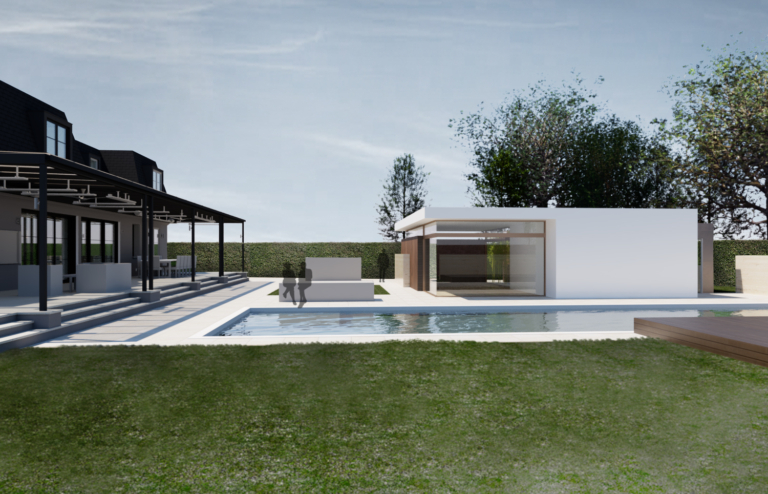The year 2020 will be remembered long into the future for us all spending way more time in our homes than we ever expected to. Thankfully 2020 will also be the year that California introduced sweeping legislation to make homes bigger, more versatile, and capable of dealing with the dynamic nature of the family unit.
As of this January, new California state laws have made it much easier to add an Accessory Dwelling Unit (ADU) to your home as part of a multi-faceted effort to ease the chronic housing crisis. These ADUs, often called granny-flats or in-law units, must be a fully self-sufficient living unit on the lot of a single-family home. They can be attached to the primary house, be above a garage, garage conversions, in a basement, or be an independent cottage in the backyard.
While specific regulations vary by jurisdiction, the possibility of getting additional living space in your backyard is now a more tangible reality. ADUs are now expressly permitted by state law, and local agencies are required to streamline the approvals process. Normal zoning rules have been relaxed so that new ADUs, up to 1,200 sq.ft., are not required to be added to Floor Area Ratio calculations or parking provision requirements. They must still, however, comply with the building code and meet current energy efficiency standards.
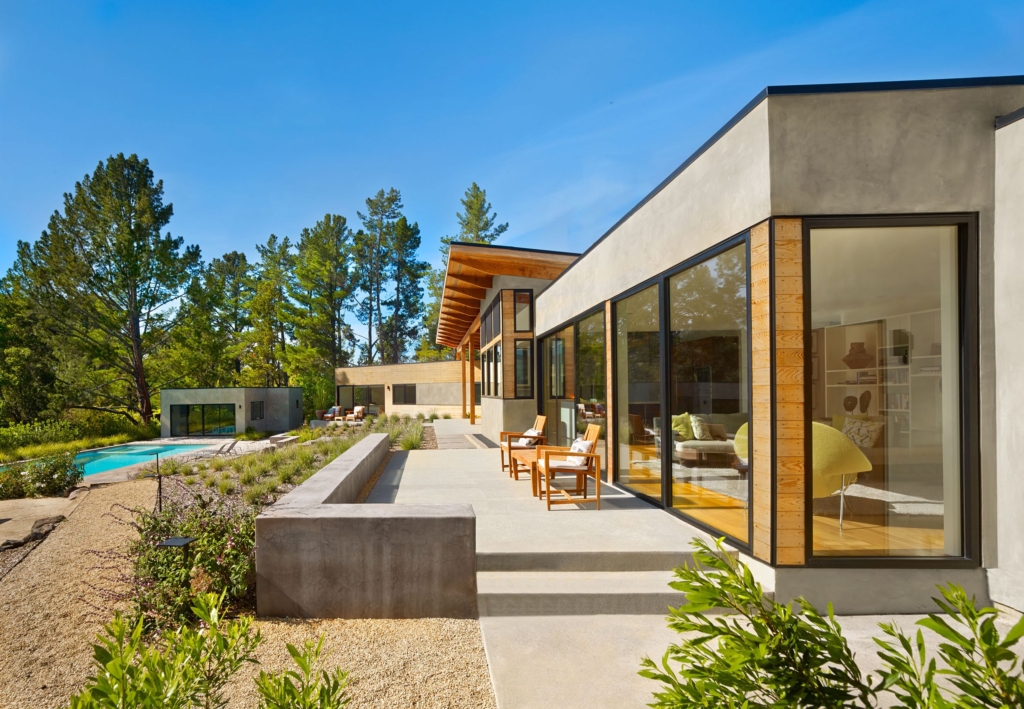
Creating a Versatile Home
The shelter-in-place mandate this Spring forced us all to consider how our homes could suddenly fulfill many more roles than their traditional functions of rest and entertaining. Many families struggled to find the space for the additional activities of work, school, exercise, play and prayer. An ADU can provide flexibility in response to these shifting needs.
The working-from-home trend seems likely to remain and expand beyond where it was before we were all thrown into this great social experiment. The open plan layouts of many modern homes, however, are not well suited to the multi-purpose functions suddenly demanded of them. An ADU in the backyard or above the garage that also functions as an office, a home gym or both would ensure personal space for each family member and provide some resemblance of a work-life balance.
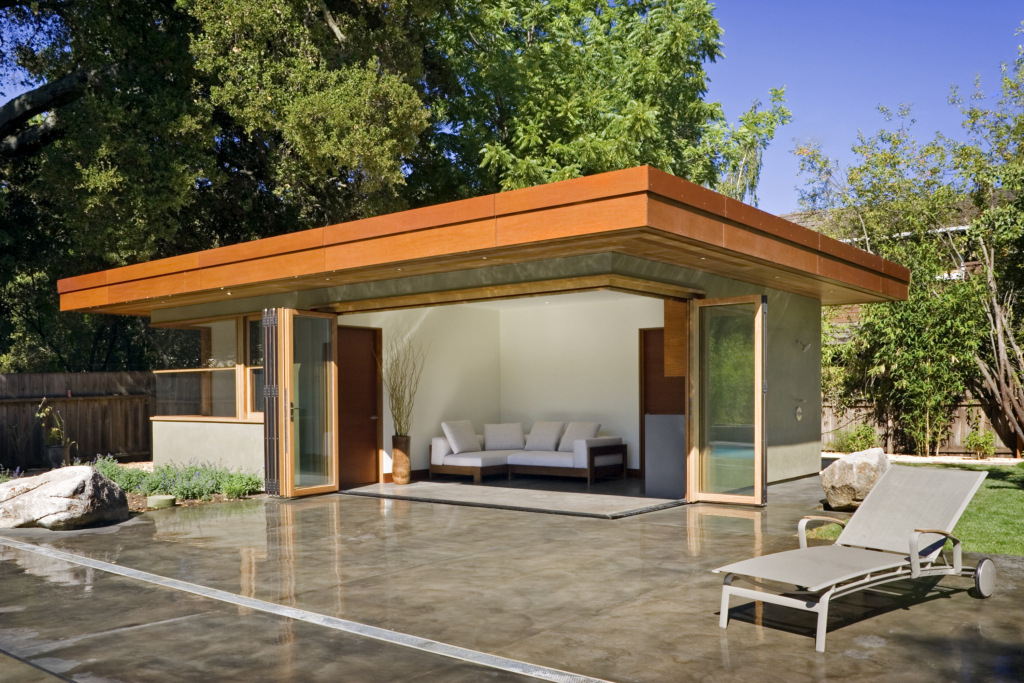
More Space for More of the Family
Global pandemics aside, the trend in multigenerational households, since 2008, has seen a resurgence with some 20% of Americans — an all-time high of 64 million people — currently living this way. The revival is partly driven by young adults moving home, and not just by economic necessity but by beneficial social impulses of being close to family.
Polling data also suggests that many young people are already looking ahead to helping their parents in old age. Families are always evolving, and an ADU also presents the ideal opportunity for boomerang kids returning from school to start their careers close to home. An ADU can empower them to maintain their independence without rising rents adding to their student debts or having to move far away to afford a house.
For those with small children and full-time jobs, an ADU is an opportunity for them to live up to their traditional moniker of the “granny-flat.” Grandparents can help with the kids and still be able to retreat to their own space when they need to. Home builder, Lennar, has already reacted by starting to produce two homes under one roof to address the rising demand.
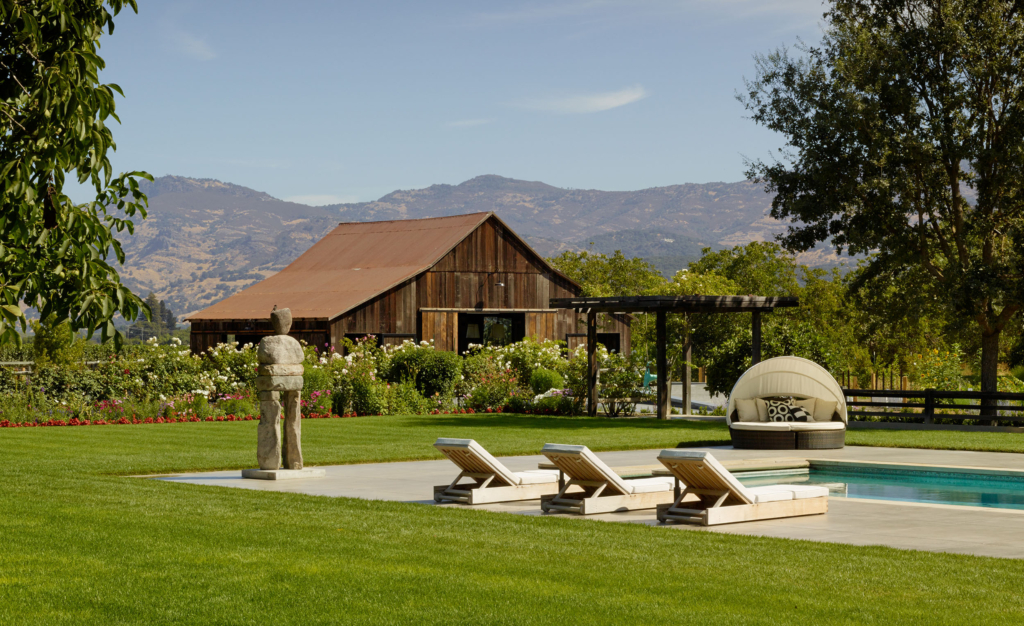
Social, Environmental and Financial Benefit
As families change and nests empty, extra space is not always necessary. In this case, the ADU can also serve as an additional revenue stream. This benefits society by contributing much-needed housing stock with a low-impact sustainability footprint. An added benefit included in the State’s legislation, is permission to rent ADUs for more than 30-days, unlike other accessory structures.
In Los Angeles, The Backyard Homes Project is an ADU initiative that enables the average homeowner to become a provider of affordable housing. The LA-based group incentivizes homeowners to build ADUs by offering support with the design, construction, and financing of a project if they are willing to accept Section 8 vouchers for a minimum of five years.
As an infill development that makes efficient use of existing infrastructure, ADUs are inherently sustainable. They also help increase density levels – at which point public transit becomes viable and private vehicle use decreases. The nature of their size means they use less resources than a typical single-family home for heating and cooling.
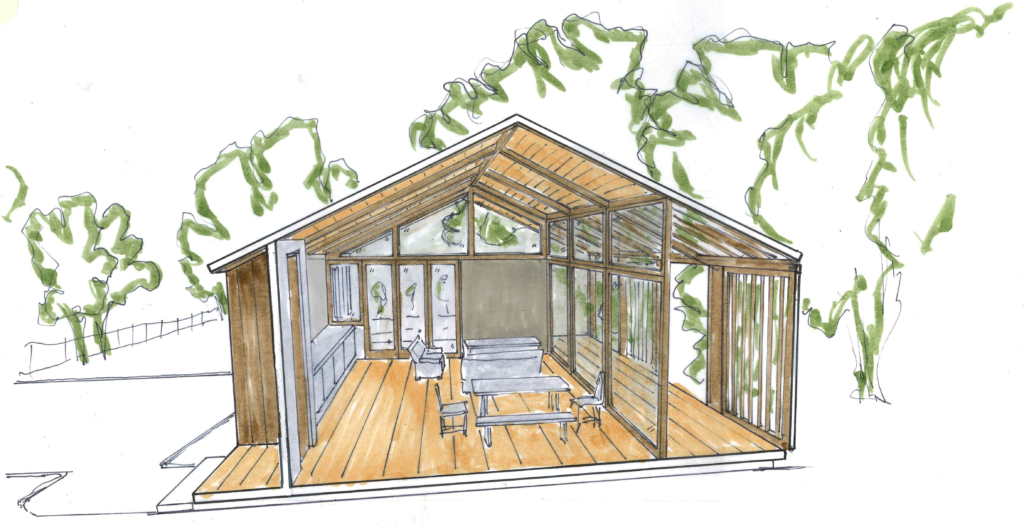
2020 Vision
While modular homes are an option, there is a distinct advantage to retaining the help of an architect. Gaining an understanding of a particular family’s needs is where architects add value and find the most suitable solutions in terms of the interaction between a primary home and ADU, including maximizing privacy, visual connections, and how to best facilitate access to both.
The turbulence of 2020 has given us a newfound familiarity with our homes, resulting in the examination our living environment’s ability to meet our needs. More space? Being closer to family? More income? The new ADU legislation presents a smart opportunity for homeowners to fulfill their desire to make their home resilient, sustainable, and overall, more comfortable.
Let’s Get Started
Want to learn more about how we can help? Contact us to start the conversation.
Written by Neil Ginty, Architect
Contributors: William Duff, AIA, LEED AP; Jim Westover, AIA, LEED AP; Neil Ginty, Architect; Ankit Solanki; Giorgia Sala White; Sarah Mergy; Wendy Osaki; Brenna Daugherty
